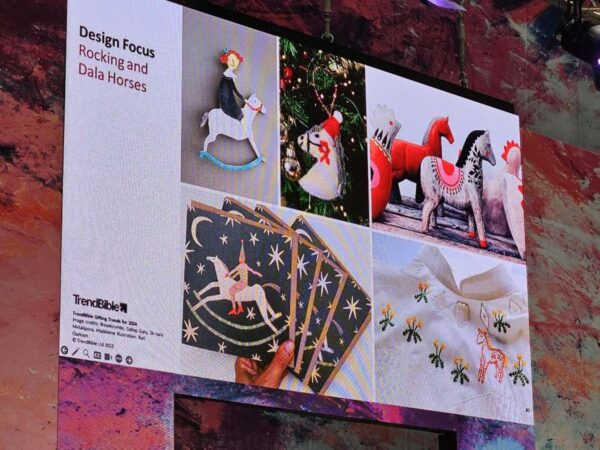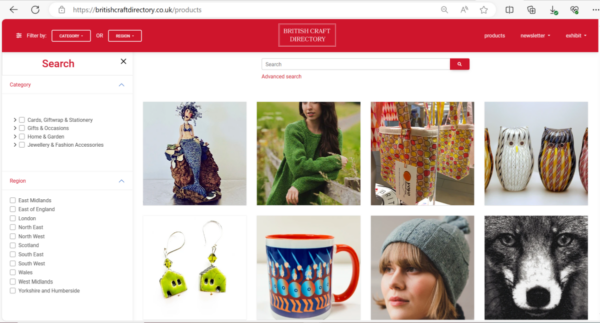In September, the NEC Birmingham will welcome the Autumn Fair with a unique twist to its exhibition facilities. Indeed, the Autumn Fair organisation has been working hard to adjust to the changing environment affecting international exhibitors. Products from remote locations, such as suppliers from China, will be using for the first time a remote exhibiting package. The service will enable suppliers to remotely showcase their products to visitors without facing potential health risks and travel restrictions as the world still struggle to manage Covid-19 cases.
It makes no doubt that the remote package will play a huge role in future exhibitions. Using a similar service, exhibitors could also run simultaneous exhibitions in different locations without leaving the office. Additionally, for individuals with high health risks, attending remotely via digital technology can transform the trade show industry.However, making remote exhibiting possible could also present new challenges for suppliers. How do you prepare to be seen and heard when you are not attending physically?
1: Being visible even when you are not there
The possibility for suppliers to attend exhibitions at potentially lower costs and without all the travel hassle can be a game-changer. However, you need to ensure that you can convey your message clearly and simply even when you are not in the middle of the trade show.
Best practices for virtual presentations
It can be tough to keep everyone engaged with your product, especially if you can’t make eye contact. However, you can use a virtual presentation to showcase all the benefits of your items. Virtual presentations need to be effective as your audience is likely to be multitasking as they attend. They could be checking their phones, having lunch, or reading a brochure. So you have to focus on creating interactions. For instance, you could use polls or questions to get your audience engaged. You can also bring energy to the presentation, as it will attract their attention.
Get your point across with graphics
Long texts rarely work. People prefer short and snappy slides. But you can even go a step further and use an infographic instead of a presentation deck. Infographics enhance visual processing and help people get a sense of your message in a short time. They are also memorable, which means the audience will remember your product.

2: Create a personal touch without being there
Virtual technology can help you cross the distance. But it doesn’t replace the personal touch you can get from face-to-face interaction. However, there are smart alternative options to bring some personality into your exhibition.
Offer customised options
Customised products are the epitome of personalisation. Ensuring that visitors can order via your digital display bespoke gifts, for instance, brings back the personal touch where it matters the most. People want to be able to see how your product relates to their specific needs. Adding customisable options increases its relatability.
Remain approachable online
You might be in a different part of the world. But that doesn’t mean you can’t interact in real-time. Keeping your social media platforms active and replying quickly to trade show queries will help you break the distance.
Is the future of exhibitions a hybrid of online and offline shows? Only time will tell. However, one thing is for sure: Exhibitors still have a long way to go before turning virtual stands into a successful trade event.
















